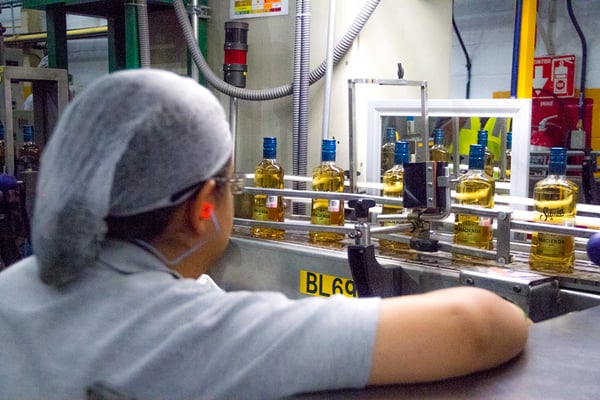
One of the biggest challenges I faced when implementing the training and development pillar of the TPM methodology was to ensure the reduction of human error. Today, with 9 years working as a Learning and Development specialist, I can share this learning experience with you.
The challenge I was given:
“What would you do differently to ensure the reduction of human error?”
And then I was tasked with designing a plan to support the company's goals. The answer to this question would reduce “time - out” by line stops, re-works, losses and the number of security incidents.
One of the biggest challenges I faced when implementing the Training and Development pillar of the TPM methodology was to ensure the reduction of human error. Today, with 9 years working as a Learning and Development specialist, I can share this learning experience with you.
The "human factor" in process industries
Understanding how the " human factor" influences processes is the cornerstone on which we built our strategy. We kept the following goals top of mind throughout strategy development:
- Raising awareness of human errors
- Developing employee skills
- Standardizing processes
- Creating tools to prevent mistakes
- Learning the appropriate communication channels
Raising awareness
The first action was to raise awareness. We understood human errors would happen. Reducing them would have to start with analyzing the errors and their impact on the work.
Developing employee skills
In order to develop skills it was necessary to understand the roles and responsibilities of each job so that all employees had clear direction and management within each process. Next, a Training Plan, aligned to Autonomous Maintenance Pillar (MA), was created and executed with the support of the Planned Maintenance pillar (MP).
The training plan resulted in the development of skills throughout all areas of the process. Some examples of our achievements are better inspection skills, operating principles of the equipment, operational risk management, fault analysis, lubrication, mechanics, pneumatics, and electricity.
At Casa Sauza people development is very important to us. It is an infinite cycle and we currently have completed 2,181 man - hours of training thus far in 2017.
Standardizing processes
Process standardization was a key piece of reducing human error. By leveraging ISO 9001 and the Maintaining Quality (MQ) pillar, it was possible to create standardized processes that we knew were essential for training and certification of employees.
Creating tools to prevent mistakes
At Casa Sauza continuous improvement is key part of our culture. In addition to standardizing our processes, we improve them by creating tools that don’t allow us to make mistakes. We immerse ourselves in a tool called Poka-Yoke.
What is a Poka-Yoke?
“A poka-yoke is any mechanism in a lean manufacturing process that helps an equipment operator avoid (yokeru) mistakes (poka). Its purpose is to eliminate product defects by preventing, correcting, or drawing attention to human errors as they occur” (as defined by Wikipedia).
How is human error measured?
From the premise that we cannot improve that which we do not measure, we start with measuring the time-out caused by human error. Each even is analyzed by frequency and level of importance. Then we construct a lost tree with the following key performance indicators:
- Errors due to distractions
- Errors made because of lack of skills
- Insufficient maintenance on equipment or processes
- Ignored deterioration of equipment
The detail of the lost tree and the actions taken to reduce and eliminate 3 of the 4 causes of human error will be addressed in my next article.
Want to know more about the modernization of our production processes? Come to Casa Sauza and see for yourself how do we make the purest tequila that you will find in the market.
.png?width=50&height=50&name=10.CS-Redondo%20(1).png)
